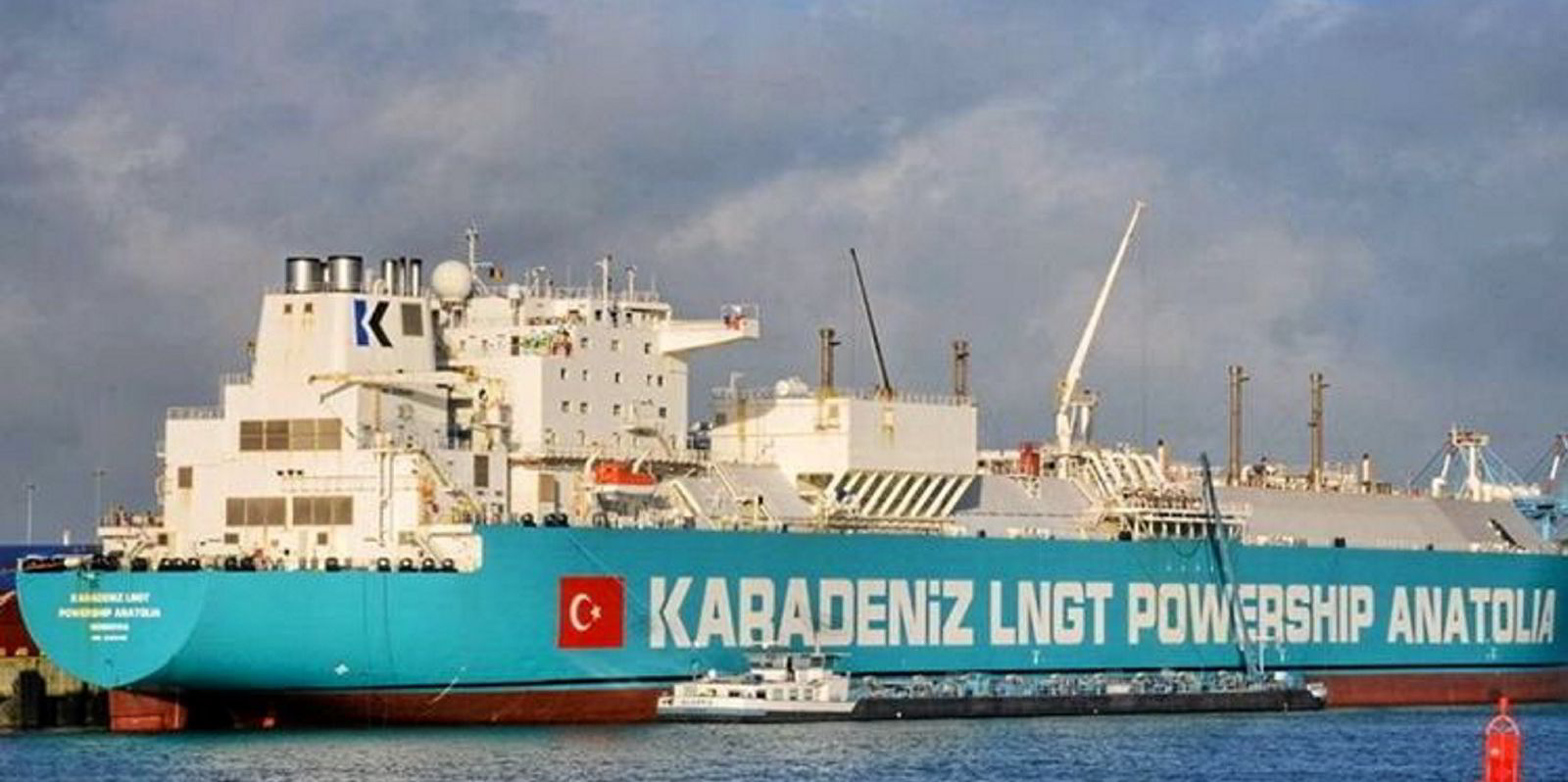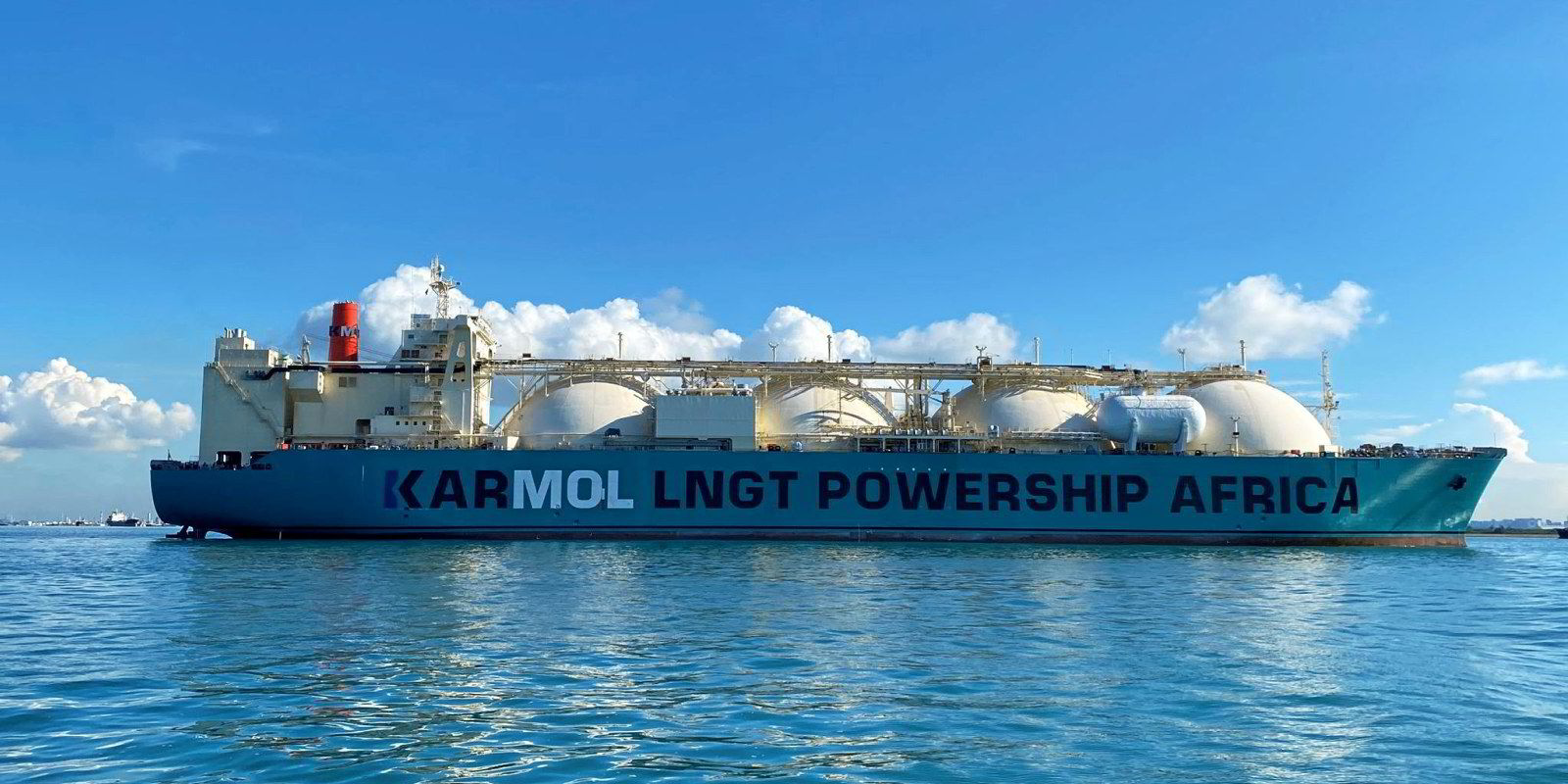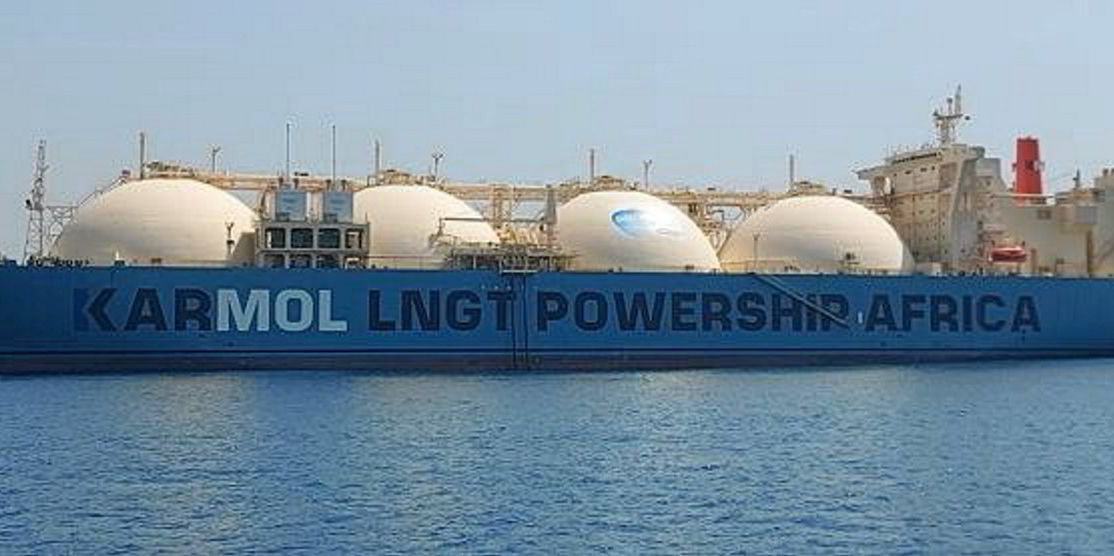A shipment of Russian LNG that was originally destined to be the first cargo for Karpowership and Mitsui OSK Lines joint venture’s floating storage and regasification unit and powership pairing in Senegal has altered course for Brazil before being landed at the idle West African facility.
Kpler data shows Karpowerhip’s 154,472-cbm LNG carrier Karadeniz LNGT Powership Anatolia (ex-LNG Unity, built 2006) is now due to arrive in Rio de Janeiro on 25 May.
Since leaving Kaliningrad, where it took on LNG volumes in a ship-to-ship transfer operation from Gazprom’s 174,100-cbm FSRU Marshal Vasilevskiy (built 2018), the LNG carrier had listed its destination as Dakar, in Senegal, where it had been due to arrive this week.
KARMOL also operates an FSRU in Sepetiba Bay off Rio de Janeiro in Brazil which supplies regasified volumes to four powerships there.
There has been huge interest in the cargo, which is said to be a Shell shipment.
Not only has it been supplied from Russia — the FSRU Marshal Vasilevskiy was supplied with LNG from the Portovaya plant on the Baltic Sea coast near Vyborg — but Karadeniz LNGT Powership Anatolia’s arrival in Dakar would have signalled the impending commercial start-up of LNG imports to provide power for Senegal.
Those following the business closely reveal that there is still a huge price gulf on what Senegal’s national electricity company and gas buyer Senelec is prepared to pay for gas.
It leaves KARMOL’s FSRU for Senegal, the 125,000-cbm KARMOL LNGT Powership Africa (ex-Dwiputra, built 1994), which arrived off Dakar in June 2021, still awaiting a first import shipment despite the recent fall in gas prices.
In contrast, KARMOL’s Brazilian-based FSRU, the 127,452-cbm FSRU KARMOL LNGT Powership Asia (built 1991), which arrived in Sepetiba Bay in May 2022, has already swung into action.
KARMOL recently completed the conversion of a third LNG carrier — the 127,000-cbm LNG Vesta (built 1994) — into an FSRU named the FSRU KARMOL LNGT Powership Europe.
Karpowership is pushing hard to revive plans to site units in South Africa.






